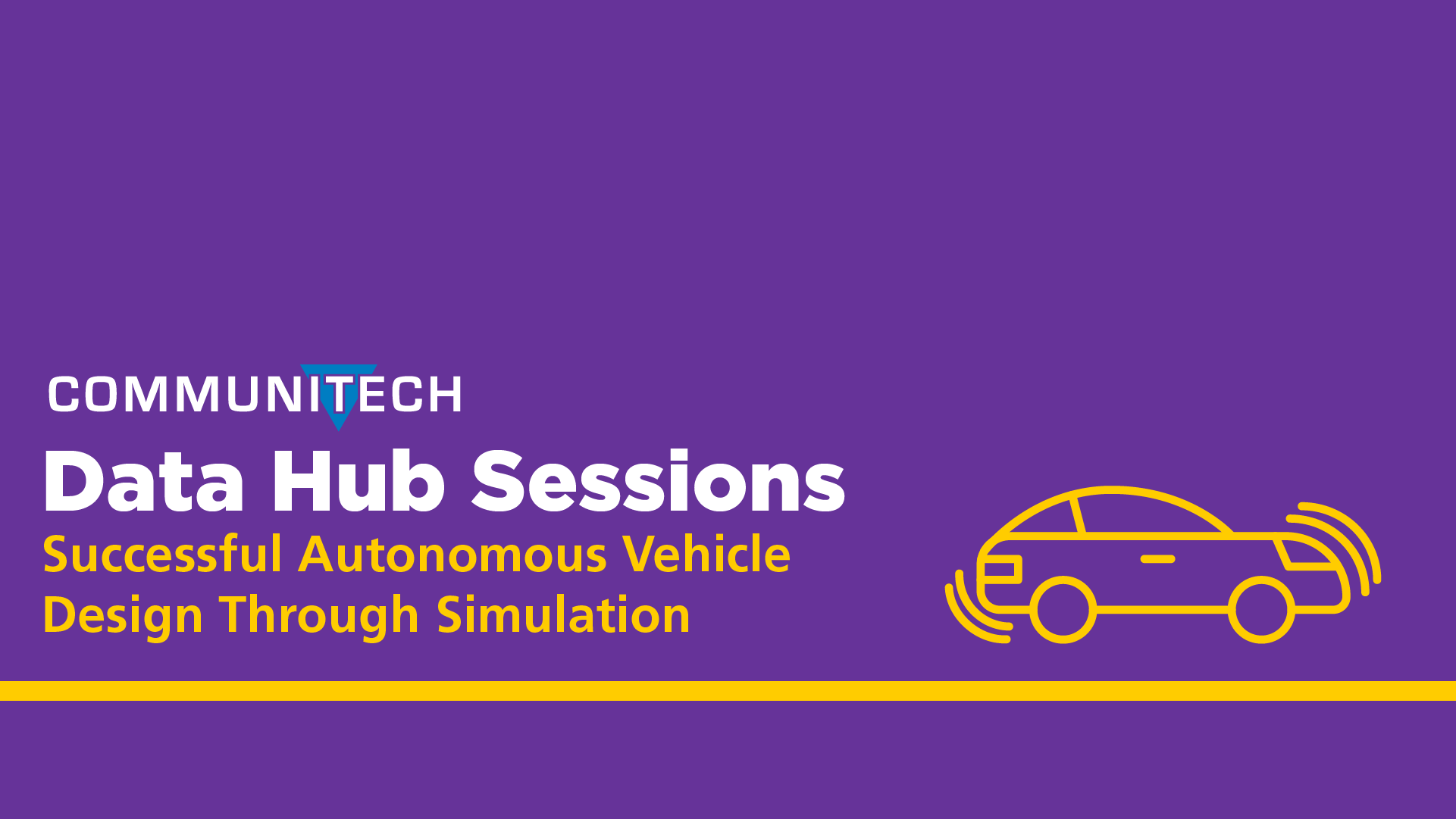The following is a guest post from Steve Reuss, Ph.D., Software Development Manager, ANSYS Canada Ltd.
Autonomous vehicles will revolutionize our lives. They will influence our behaviour and decisions without our knowledge or permission. Governments and corporations are racing to stay ahead of this revolution and safety is a critical challenge in this arena.
An opportunity exists for anyone who can demonstrate the safety and reliability of driver assistance and autonomous vehicle technology. However, it is estimated that more than eight billion miles of driving are required to successfully demonstrate a functioning autonomous vehicle system, something traditional road testing can’t deliver quick enough for vehicle makers, regulators and consumers. Simulation, which allows engineers to explore 'what if?' scenarios using complex and realistic models, is an important tool to help the industry move forward. 
Using simulation, engineers can rapidly test millions of driving scenarios. Of course, the value of these simulations is limited by the accuracy of the models used, an expertise held by ANSYS. Their simulation software combines computer models of the driving environment, data generated by vehicle sensors operating within that environment, motion planning and motion execution. Simulation is also critically important in the design of the advanced radar, lidar and optical sensors employed on autonomous vehicles. ANSYS optimizes the performance of vehicles, sensors and algorithms, accelerating time to market and reducing development costs all while improving the safety of the systems they design.

